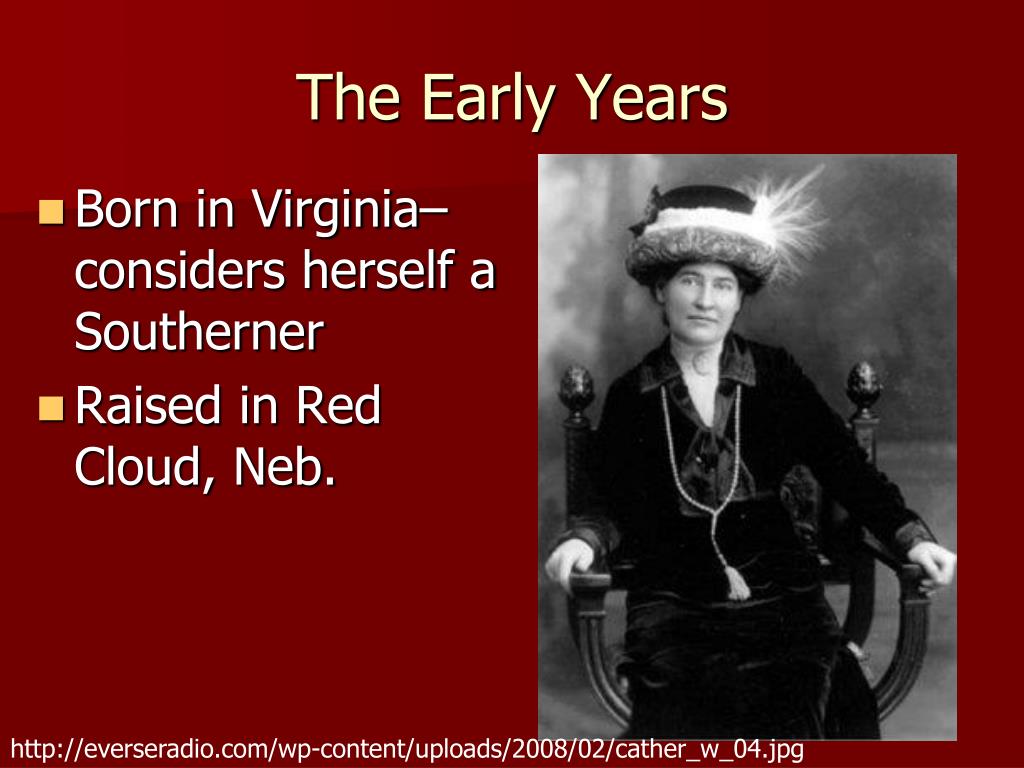

The language Cather uses in O Pioneers! reveals a racial hierarchy among the settlers. This historical perspective sheds light on assimilation issues at the local, regional, and national levels. Unlike current trends, which place all western-bound immigrants under the singular heading "EuroAmerican," newcomers to the United States in the eighteenth and early nineteenth centuries were judged according to racial origins.

O Pioneers! fits within the nativist discourse of the early twentieth century, as Cather's novel illuminates assumptions about these immigrants and their ability to acculturate not only to society in the Great Plains but to American society at large. During this era the subject of race-its definitions and implications for the continuing success of American culture-permeated discussions among politicians, educators, anthropologists, and reformers.

While this novel is often read as an example of America's welcoming acceptance of immigrants, O Pioneers! opens a door into exploring nativist attitudes toward the influx of immigrants into the United States in the late nineteenth and early twentieth centuries. Cather's novel represents the age-old appeal of the West-hope, optimism, mystery-as well as the Janus-face dilemma of acculturation: the longing to partake in all that the new land has to offer and the reluctance to give up a rich and comforting cultural heritage. Willa Cather's move to Nebraska as a child, the people she met there, and the seemingly endless prairie around her captured her imagination and became the inspiration for her novel O Pioneers! In this work, Cather introduces her readers to the diversity of immigrants who settled in the area around her home in Red Cloud, Nebraska.


 0 kommentar(er)
0 kommentar(er)
